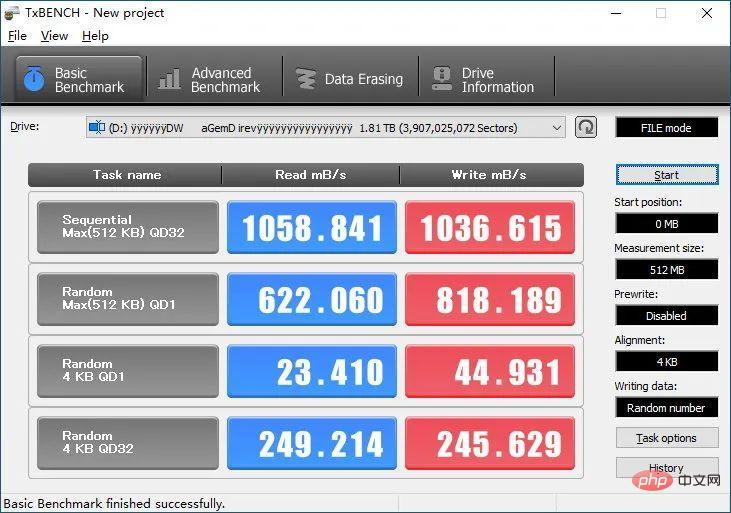The motherboard type-c interface is used for data transmission and charging. However, most computer motherboards are not equipped with this fast charging protocol chip, so charging with the computer's Type-C interface often only has a voltage of 5V. The current is not high either. After all, data transmission is the main job and charging is a side job.

The operating environment of this tutorial: Windows 7 system, Dell G3 computer.
The first thing to know is that Type-C is just a physical interface form, formulated by the USB-IF organization, and USB-IF is the organization that keeps changing the name of USB 3.X. Type-C is an interface physical specification rather than a transmission protocol. The transmission protocol refers to USB 2.0/3.0/3.2 Gen2. Different protocols have different speeds.
The difference between mobile phones and motherboards Type-C usage
Type-C was first popularized in mobile phones in the early days. Compared with the old MICRO USB, Type-C has pros and cons similar to Lightning. It is well received for its plug-in function at will, and the Type-C interface itself can also support high current output and provide fast charging functions including QC, VOOC, SuperCharge, etc. However, the fast charging protocol needs to be supported by both the mobile phone and the charging head to achieve handshaking. protocol. By the way, the original data cable of iPhone11 is directly Type-C TO Lightning. If your motherboard has USB Type-C, you can plug it in directly.
Most of the new motherboards in recent years can see the Type-C interface. Although it also has data transmission and charging functions, most computer motherboards are not equipped with this fast charging protocol chip, so the computer’s Type-C interface is used. C interface charging often only has 5V voltage and low current. After all, data transmission is the main business and charging is a side job.
Application of motherboard Type-C - high-speed transmission expansion
Different from the fast charging purpose of Type-C in mobile phones, computer Type-C is more often used for high-speed transmission of data, such as The 20Gb bandwidth USB 3.2Gen2x2 is usually implemented using the Type-C interface. The key to achieving high speed and not taking up space is to plug it in either way.

Use USB Type-C interface transmission speed (3.2 Gen1)
In addition to USB 3.2Gen2x2, on B360, B450, Z390, X570 and other motherboards It is also equipped with a USB 3.2 Gen2 interface with a bandwidth of 10G, and has two interface forms: Type-A and Type-C. Type-C is better because the interface is small in size and can be plugged in at any time. There is no difference in terms of speed, with well-matched devices reaching speeds of 1G per second.
In addition to the USB protocol, Thunderbolt 3 currently also uses the Type-C interface. It should be noted that Thunderbolt 3 is only a transmission protocol, similar to USB 3.2 Gen2. The Type-C interface of MEG Z490 GODLIKE and MEG Z490I UNIFY motherboards equipped with Thunderbolt 3 protocol can provide up to 40Gb bandwidth, provided that the device must also be Thunderbolt 3 and the speed can keep up, so at this stage, Type-C of Thunderbolt 3 protocol is mainly Used to connect external graphics cards.
Only interfaces with a lightning mark support the Thunderbolt protocol
In addition, Thunderbolt 3 is Intel’s own protocol after all, so currently it does not support USB 3.2 Gen2x2 in terms of backward compatibility, because there are many such protocols Comes from third-party chips such as asmedia.
For more computer-related knowledge, please visit the FAQ column!
The above is the detailed content of What is the use of the type-c interface on the motherboard?. For more information, please follow other related articles on the PHP Chinese website!